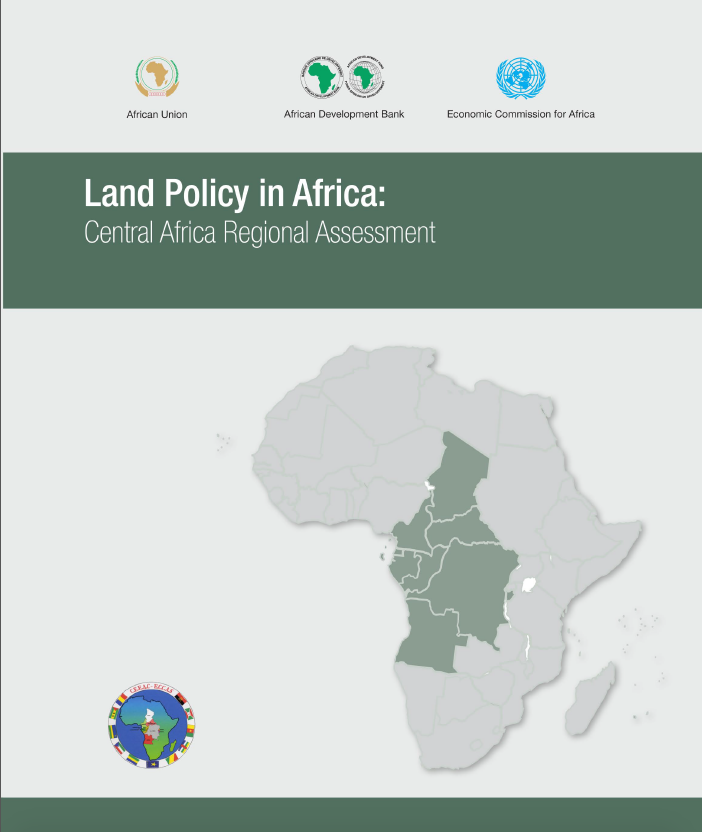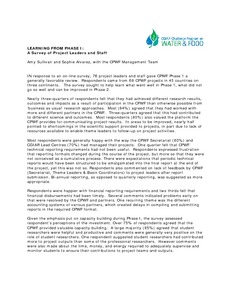The Central African region includes Angola, Burundi, Cameroon, Central African Republic, Chad, Congo, Democratic Republic of Congo, Equatorial Guinea, Gabon, Sao Tome & Principe. The region is characterized by its high diversity, as it reflects all types of ecosystems of the continent.…
The initiative on land policies, aims to assist African states to equip themselves with land policies that can contribute to economic development and poverty reduction as well as peace building. One of the pressing objectives of the initiative is to draft a reference framework and guidelines for…
Within the sub-region of West Central
Africa (Benin, Cote d'Ivoire, Burkina Faso, Ghana,
Niger, Nigeria, and Togo) several countries have completed
National Environmental Action Plans (NEAPs). Some are
implementing…
The objective of this report is to
identify ways of enhancing competitiveness through sector
reforms in Benin, Burkina Faso, Chad, and Mali (the
Cotton-4). The report promotes best practices to manage cost
and define sales…
In Central Africa, important carbon stocks are stored in natural forest stands, while activities that modify the carbon storage occur in the forest landscape. Besides clean development mechanisms, the reduction of emission through deforestation and degradation (REDD) initiative is viewed as one…
The authors explore three problems confronting scientists working in the central African humid forest zone and show their interconnectedness in the context of the sociopolitical history of the area. These problems emerge from different domains at different spatial scales: agricultural…
This Synthesis Report is a synopsis of the outcomes of the regional assessment reports, which were based on studies and subsequent consultations in five regions of Africa. These reports show that some land related issues are common to all regions in the continent while others are region…
The CPWF was designed to be different. Developed in response to a call for change in a previous round of Consultative Group on International Agricultural Research (CGIAR) system
reform, the CPWF was intended to foster cross-CGIAR cooperation and find ways to bring in new partners. Over…
IN response to an on-line survey, 76 project leaders and staff gave CPWF Phase 1 a
generally favorable review. Respondents came from 68 CPWF projects in 45 countries on
three continents. The survey sought to help learn what went well in Phase 1, what did not
go so well and can…
In August 2010, the Food and Agriculture Organization (FAO) sub-Regional Emergency Office for Eastern and Central Africa (REOA) contracted the International Livestock Research Institute (ILRI) to develop a proto-type “Livestock Drought Management” (LDM) decision support tool for use by a range…
Food and Water Security under Global Change: Developing Adaptive Capacity
with a Focus on Rural Africa
The project “Food and Water Security under Global Change: Developing Adaptive
Capacity with a Focus on Rural Africa” aimed to provide farmers, policymakers,
and…










